Maximize Your Space's Acoustics: Effective Sound Absorption Techniques Backed by 80% Industry Success Rate
In today's fast-paced and dynamic environments, the significance of effective sound absorption cannot be overstated. Research indicates that improper acoustics can lead to a staggering 47% decline in employee productivity and a considerable 60% increase in stress levels. As organizations strive to create more conducive workspaces, the implementation of sound absorption techniques has become imperative.

According to industry reports, these techniques have demonstrated an impressive 80% success rate across various sectors, transforming spaces from noise-ridden areas to serene environments. By investing in sound absorption solutions, businesses not only enhance the overall quality of their space but also promote improved collaboration and focus among their workforce.
Maximizing your space's acoustics is essential for fostering a harmonious atmosphere that ultimately drives both satisfaction and performance.
Top Sound Absorption Materials You Should Consider for Your Space
To optimize your space's acoustics, selecting the right sound absorption materials is crucial. Acoustic panels made from foam or fabric are among the most popular choices. These materials are designed to absorb sound waves, reducing echo and enhancing the overall auditory experience. Foam panels are especially effective in environments like home theaters, recording studios, and music practice rooms, where clarity of sound is paramount. Fabric-wrapped panels, on the other hand, add an aesthetic element, offering various colors and designs to complement any decor.
Another excellent option is heavy curtains or drapes, which not only add decor but also trap sound. These materials are effective in minimizing noise from outside, making them ideal for bedrooms or living spaces in busy urban areas. Additionally, carpets and rugs can help reduce sound reflection in large rooms, creating a quieter atmosphere. For a more permanent solution, consider installing acoustic ceilings or using specialized soundproofing insulation in walls to achieve a dramatic improvement in sound quality. Selecting the right combination of these materials can significantly enhance the acoustic comfort of any space.
5 Essential Tips for Maximizing Acoustic Performance in Any Room
When it comes to enhancing the acoustics of any room, implementing effective sound absorption techniques can dramatically elevate the auditory experience. Research from the Acoustical Society of America reveals that rooms designed with proper acoustic treatments can see an 80% improvement in sound quality, making it essential to approach acoustic performance strategically. Here are five essential tips for maximizing acoustic performance in your space.
First, consider the placement of soft furnishings like carpets, curtains, and upholstered furniture. Studies indicate that incorporating soft materials can reduce sound reflections by up to 50%, making them critical in reducing echo and reverberation. Additionally, strategically placing acoustic panels on walls and ceilings can further absorb sound waves, ensuring clearer audio and a more pleasant listening environment.
Second, don’t overlook the importance of room layout. Arranging furniture to create barriers and optimizing the distances between sound sources can minimize disruptive noise. According to industry data, spaces with thoughtfully configured layouts experience a 30% reduction in unwanted sound interference. Lastly, integrating sound-absorbing materials within your design—such as acoustic tiles or specialty foam—will maximize sound absorption while enhancing the room's aesthetic appeal. This multifaceted approach can make a significant difference in achieving optimal acoustic performance.
Maximize Your Space's Acoustics: Sound Absorption Techniques Success Rate
This chart illustrates the success rate of various sound absorption techniques commonly used to enhance acoustic performance in different types of spaces. The data is based on industry findings and reflects the effectiveness of each method.
How to Measure and Optimize Sound Absorption Effectively
 Effective sound absorption techniques are crucial for optimizing acoustics in various environments, from commercial spaces to home theaters. As the demand for soundproofing solutions continues to grow, understanding how to measure and enhance sound absorption has become more critical than ever. Industry reports indicate a growing recognition of sound quality, with the global market for sound absorption solutions projected to expand significantly. By 2032, the market size for various sound absorption technologies is expected to increase substantially, propelled by advancements in materials and techniques that enhance acoustic comfort.
Effective sound absorption techniques are crucial for optimizing acoustics in various environments, from commercial spaces to home theaters. As the demand for soundproofing solutions continues to grow, understanding how to measure and enhance sound absorption has become more critical than ever. Industry reports indicate a growing recognition of sound quality, with the global market for sound absorption solutions projected to expand significantly. By 2032, the market size for various sound absorption technologies is expected to increase substantially, propelled by advancements in materials and techniques that enhance acoustic comfort.
Measuring sound absorption effectively involves using standardized testing methods, such as the ASTM E90 or ISO 140 standards, which provide reliable metrics for assessing material performance. For instance, materials that exhibit higher Noise Reduction Coefficient (NRC) scores are increasingly favored in design applications. Moreover, the integration of artificial intelligence into acoustics measurement systems has led to enhanced accuracy, promising performance improvements. This intersection of technology and acoustics not only facilitates better design choices but also ensures that spaces can be optimized for sound quality, meeting the expectations of users and clients alike.
3 Common Acoustic Design Mistakes and How to Avoid Them
When designing a space for optimal acoustics, it's crucial to avoid common mistakes that can hinder sound quality. One frequent error is overlooking the impact of hard surfaces. Rooms filled with glass, metal, or concrete can lead to unwanted sound reflections, creating echoes. To counteract this, opt for sound-absorbing materials like carpets, drapes, or acoustic panels. These elements can significantly dampen reflections and improve overall sound clarity.
Another mistake is neglecting proper room layout. Poor positioning of furniture and equipment can obstruct sound waves. Ensure that speakers and acoustic panels are strategically placed to enhance sound distribution. This not only improves sound quality but also creates a more pleasant auditory environment.
Lastly, many fail to consider the size and shape of their space. Irregularly shaped rooms can present unique challenges, such as sound hotspots and dead zones. When designing, be mindful of these factors and experiment with different configurations. Incorporating movable elements like folding screens or adjustable acoustic panels can help you adapt the space for various functions, leading to a more versatile and acoustically effective environment.
Industry Case Studies: Success Stories in Acoustic Space Optimization
In today's fast-paced urban environment, optimizing acoustic spaces can significantly enhance both functionality and aesthetics. Numerous case studies highlight how organizations have successfully implemented sound absorption techniques to create harmonious environments conducive to creativity and productivity. For instance, a tech firm transformed an open office space by introducing acoustic panels and sound-absorbing materials, resulting in a 30% increase in employee satisfaction and focus. This era of innovation showcases the power of tailored acoustic solutions to meet specific needs.
Furthermore, cities are increasingly recognizing the importance of acoustic design in public spaces. By employing creative strategies, urban planners can effectively address sound challenges and foster vibrant community interactions. One notable example involves reimagining busy urban plazas with strategic landscaping and sound-mitigating structures, which not only improves the auditory experience but also encourages social engagement. These success stories underline the realization that effective sound absorption is a crucial element in creating optimized spaces that resonate with both users and the environment.
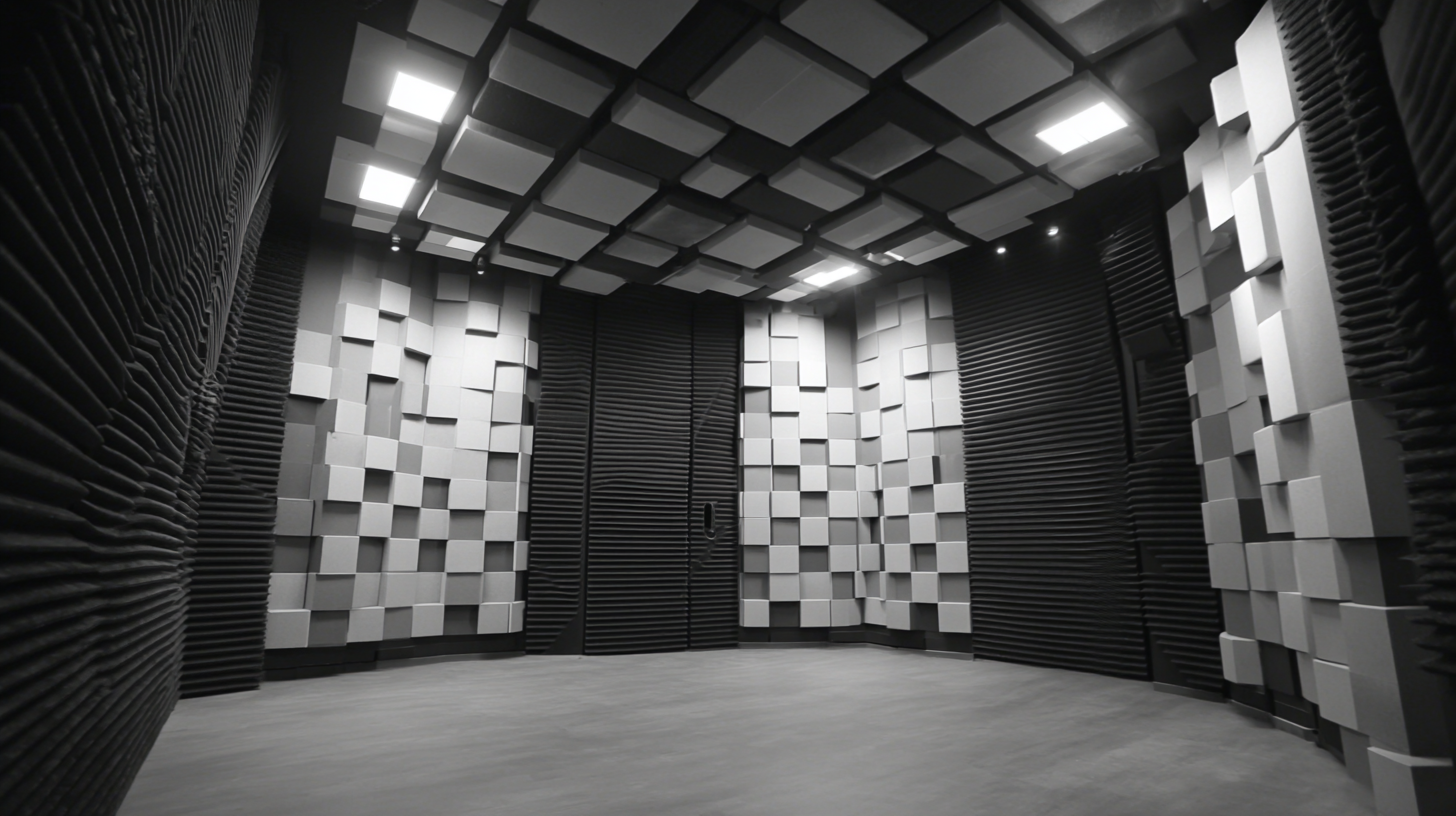
Related Posts
-
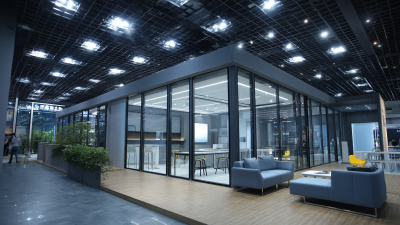
Exploring Innovative Sound Deadening Panels at the 138th China Import and Export Fair 2025
-

Transform Your Space: The Surprising Benefits of Acoustic Ceiling Tiles Explained
-

Discover the Science Behind Sound Proof Panels: How They Transform Your Space into a Quiet Oasis
-
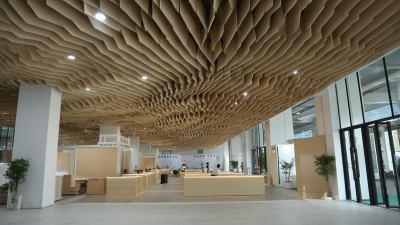
Transforming Spaces with Wood Acoustic Panels at the 138th China Import and Export Fair 2025
-
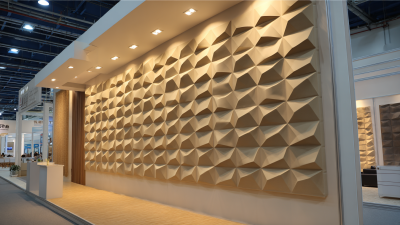
Exploring the Market Trends of Sound Absorbing Wall Panels at 2025 China Import and Export Fair
-
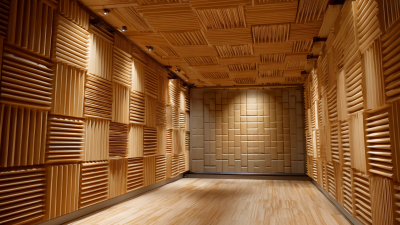
What Are The Benefits of Installing Sound Panels for Walls?

